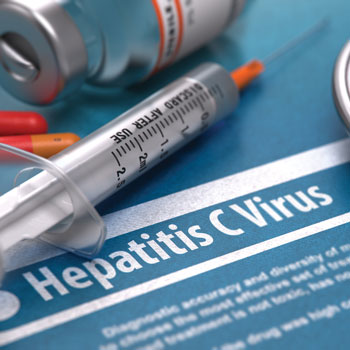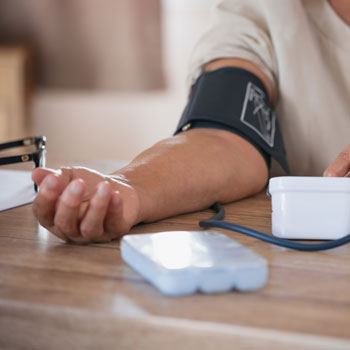Controlling hypertension, curing HCV, and more stories
Helping a patient get their hypertension under control is one thing, but helping them keep it there is quite another.
Helping a patient get their hypertension under control is one thing, but helping them keep it there is quite another. Complicated factors such as imperfect adherence, therapeutic inertia, and medication affordability can all make it more difficult for patients and physicians to ensure that blood pressure stays at recommended levels over the long term. Hypertension experts offer their best advice on setting patients up for continued success, including tips for incorporating home blood pressure measurement and ways to promote the add-on benefits of healthy lifestyle changes.
Hepatitis C virus (HCV) is now a highly curable condition, with an uncomplicated treatment regimen that has excellent success rates. Yet recent data from the CDC show that the U.S. is a long way from its goal of a 90% reduction in HCV infections by 2030; although new cases fell 6.3% between 2021 and 2022, the latter year still saw an estimated 67,400 acute infections. Our story explains some of the challenges in identifying and treating patients, as well as some potential ways to overcome them, such as new recommendations that the two-step testing process be completed at a single visit.
Do you have patients with post-traumatic stress disorder (PTSD) in your practice? It may be more common than you think, with research showing that 20% to 30% of primary care patients have PTSD or a history of it. Last year, the U.S. Department of Veterans Affairs and the U.S. Department of Defense put out an updated guideline on PTSD and acute stress disorder. Two of the guideline's authors discuss how its recommendations can be used in primary care.
Despite its reputation as a disease of childhood, new diagnoses of type 1 diabetes in internal medicine practices may be on the rise, with a recent study in Annals of Internal Medicine finding that 37% of U.S. adults with type 1 diabetes weren't diagnosed until after age 30. Internal medicine physicians commonly diagnose type 2 diabetes, but given these numbers, a higher level of suspicion for type 1 could be needed.
Our conference coverage in this issue, is from the American Medical Women's Association's annual meeting in March, where a plenary session focused on the changing medicolegal landscape in the United States and offered physicians advice on how to keep up. I.M. Ready discusses efforts to remove stigma around mental health care for physicians by revising intrusive related questions on medical licensing and credentialing applications, while Pearls from I.M. Peers offers pearls for diagnosing lower-extremity cellulitis. And finally, a feature looks at how the increasing use of cannabis is affecting hospital care.
We hope you enjoyed this issue of I.M. Matters from ACP. Let us know what you'd like to read about next at immatters@acponline.org.
Sincerely,
Jennifer Kearney-Strouse
Executive Editor




